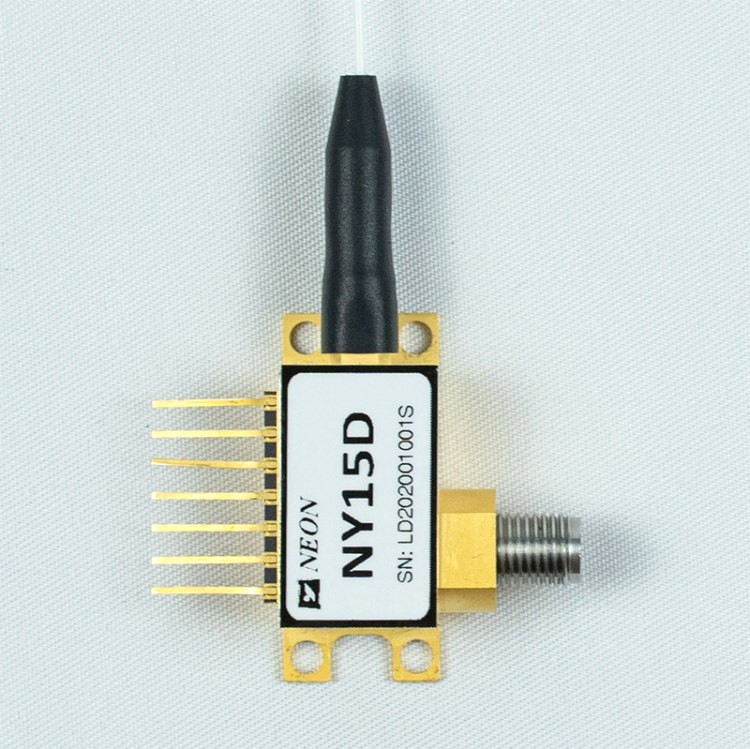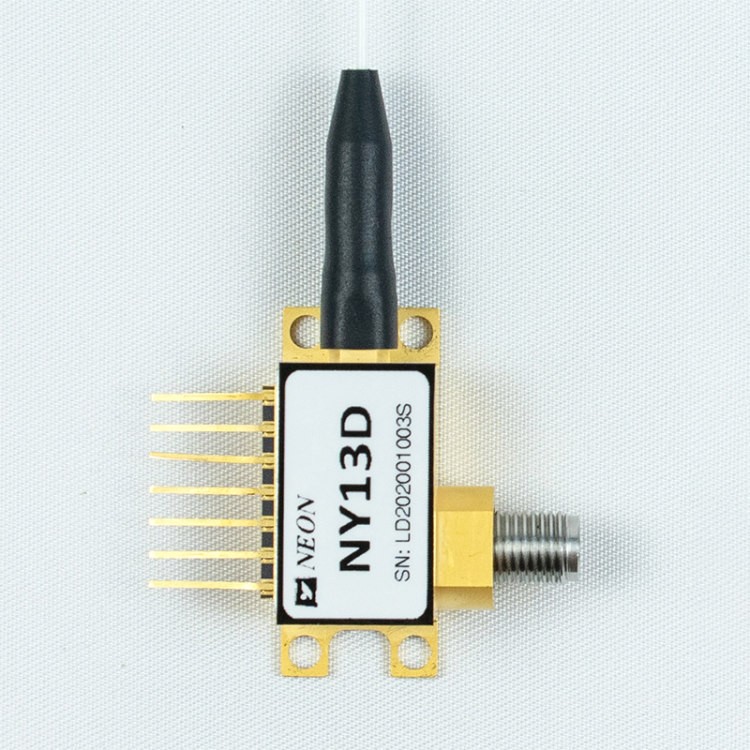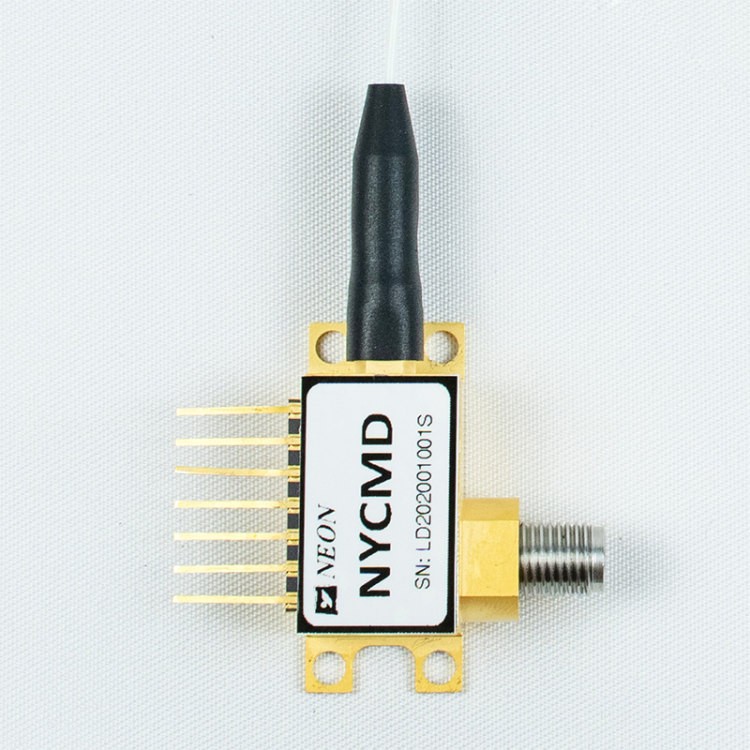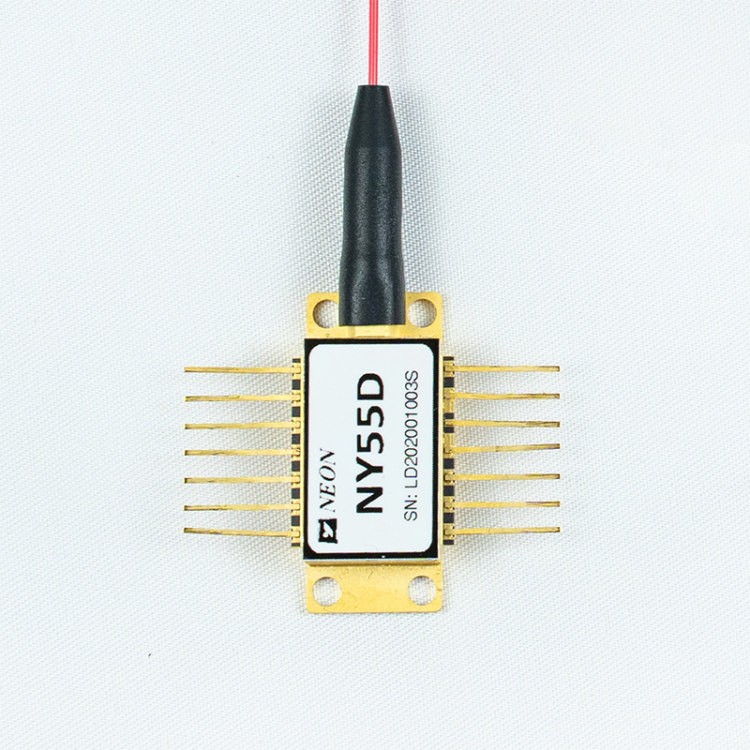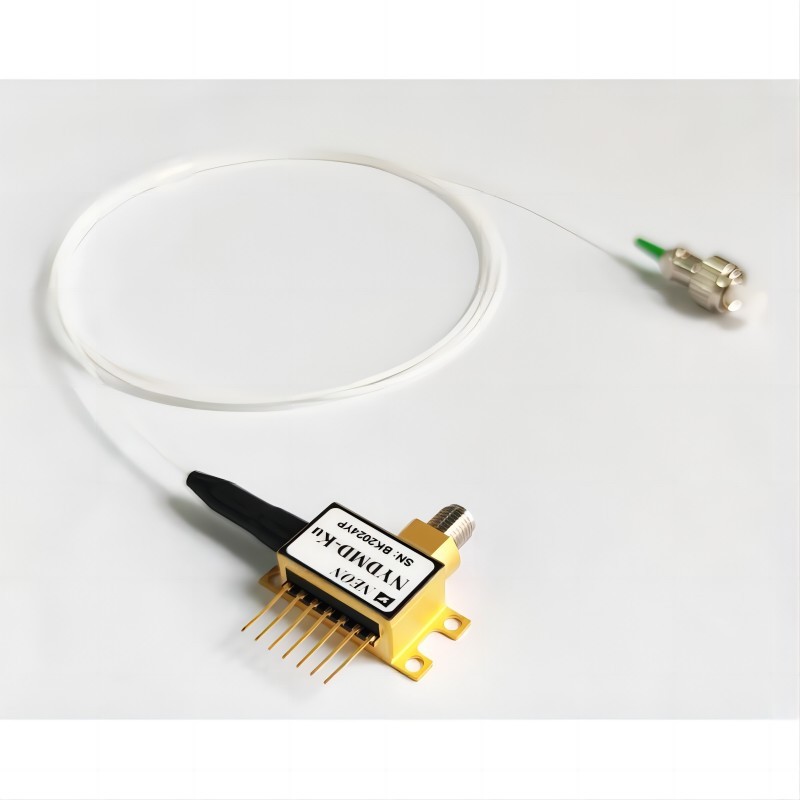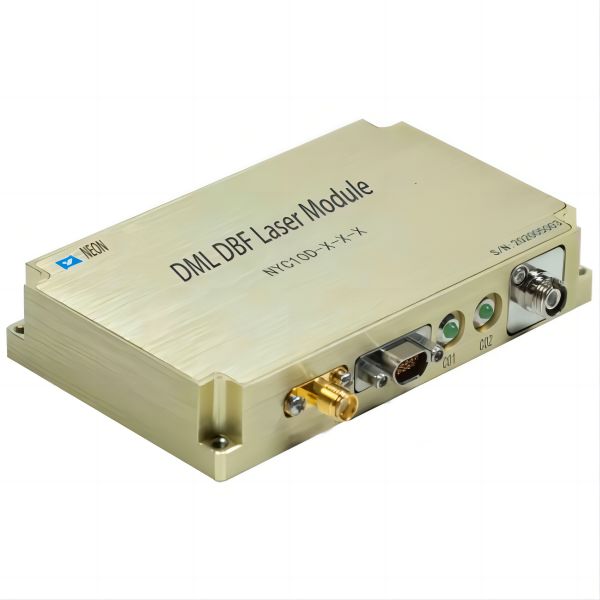How DFB Lasers Impact on Modern Optical Applications
Distributed Feedback (DFB) lasers represent a pivotal advancement in semiconductor laser technology, characterized by their ability to generate highly coherent and spectrally pure light. Unlike conventional lasers, DFB lasers employ a grating structure that is etched along the length of the laser cavity, providing both feedback and wavelength selection. This design innovation enables DFB lasers to emit light with a narrow linewidth, making them indispensable in various scientific and industrial applications, particularly in fiber optics, spectroscopy, sensing, and precision measurement.
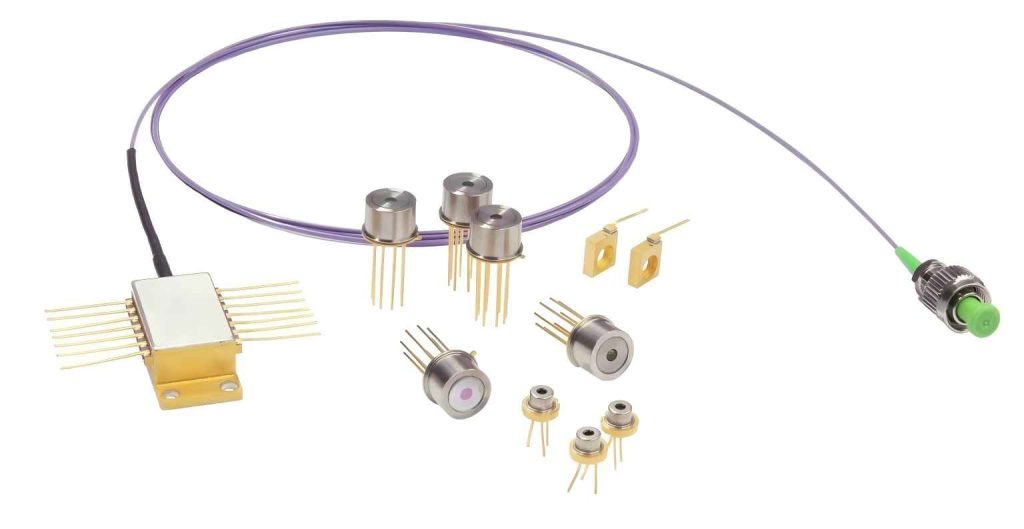
Working Principle of DFB Lasers
The operation of a DFB laser begins with the injection of an electrical current into the laser diode. This current causes electrons and holes in the active region of the diode to recombine, which releases photons. These photons then travel through the laser cavity and interact with the distributed grating. The grating reflects specific wavelengths of light back into the cavity, creating a condition where only a narrow range of wavelengths can sustain oscillation.
This feedback mechanism ensures that the laser operates in a single longitudinal mode, which is crucial for achieving a narrow linewidth and high spectral purity. The grating’s periodic structure imposes a wavelength-selective feedback that forces the laser to emit light at a specific wavelength determined by the grating’s periodicity. This results in a highly stable and precise laser output, making DFB lasers suitable for applications requiring accurate wavelength control.
Advantages of DFB Lasers Over Other Types
DFB lasers offer several distinct advantages compared to other types of lasers. These advantages include:
- Single-Mode Operation: DFB lasers are capable of producing extremely narrow spectral line widths. This single-mode operation reduces spectral interference and crosstalk in optical fiber transmissions, which is crucial for high-speed communication systems. The narrow linewidth also improves signal-to-noise ratios, leading to more reliable data transmission.
- High Spectral Purity: The ability of DFB lasers to operate in a single mode ensures high spectral purity. This characteristic is particularly important for applications that require precise wavelength control, such as spectroscopy and optical sensing. High spectral purity allows for accurate measurements and minimal interference from other wavelengths.
- Narrow Linewidth: DFB lasers typically exhibit line widths in the range of hundreds of megahertz, which is significantly narrower than many other laser types. This narrow linewidth is advantageous for high-speed optical communication and precise optical sensing applications, where signal fidelity and resolution are critical.
- Temperature Stability: DFB lasers exhibit excellent temperature stability due to the distributed feedback grating, which helps to counteract temperature-induced wavelength shifts. This stability is essential for applications operating in varying environmental conditions, ensuring consistent performance over a wide temperature range.
- High Output Power: DFB lasers can achieve relatively high output power levels, making them suitable for long-distance fiber optic communication systems. The ability to transmit signals over extended distances without significant loss is a key benefit of using DFB lasers in telecommunications.
- Dynamic Single-Mode Narrow Linewidth Output: The small grating pitch in DFB lasers forms a micro-resonator that selectively enhances the main mode and suppresses the side modes. This results in a narrower linewidth compared to FP cavity lasers and maintains a dynamic single-mode output, which is crucial for applications requiring stable and precise wavelength emissions.
- Wavelength Stability: The grating structure within a DFB laser locks the wavelength, resulting in minimal temperature drift. This stability is a significant improvement over FP cavity lasers, which can exhibit more considerable wavelength shifts with temperature changes.
These advantages make DFB lasers a preferred choice for a variety of applications, including optical communication, fiber sensing, spectroscopy, and LIDAR (Light Detection and Ranging).
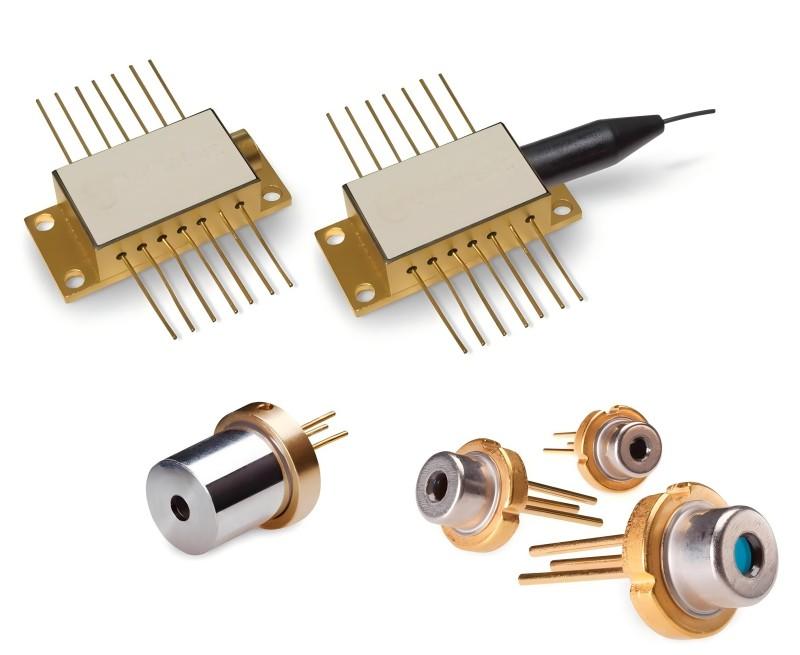
How to Choose a DFB Laser Module?
When selecting a DFB laser module, several key factors must be considered to ensure that the chosen module meets the specific requirements of your application. These factors include:
- Application Requirements: Determine the specific needs of your application, such as bandwidth, wavelength, stability, and output power. Different applications may demand varying performance characteristics from the DFB laser module.
- Wavelength Selection: Choose a DFB laser module with a center wavelength that aligns with your application requirements. For instance, a 1550nm DFB laser is commonly used in optical communications due to its compatibility with standard fiber optics.
- Output Power: Ensure that the laser module provides adequate output power for your system design. Insufficient power may result in poor performance, while excessive power can lead to unnecessary costs or damage to sensitive components.
- Linewidth and Noise: For applications requiring high spectral purity, such as precision measurement and spectroscopy, select a laser module with a narrow linewidth and low noise characteristics. These features are critical for achieving accurate and reliable measurements.
- Packaging Types: Consider the packaging type of the DFB laser module based on your system integration needs. Different packaging options, such as butterfly packages or TO packages, offer varying levels of mechanical stability and environmental protection.
- Environmental and Temperature Requirements: Assess the operating environment of the laser module and determine if additional cooling or heating mechanisms are needed to maintain stable performance.
- Modulation Capability: If your application involves rapid or complex modulation of the laser output, choose a module that supports the required modulation capabilities.
- Supplier and Brand: Opt for reputable suppliers and brands to ensure high quality and reliable after-sales support. Review product information and customer feedback to make an informed decision.
By carefully evaluating these factors, you can select the most suitable DFB laser module for your specific application, ensuring optimal performance and reliability.
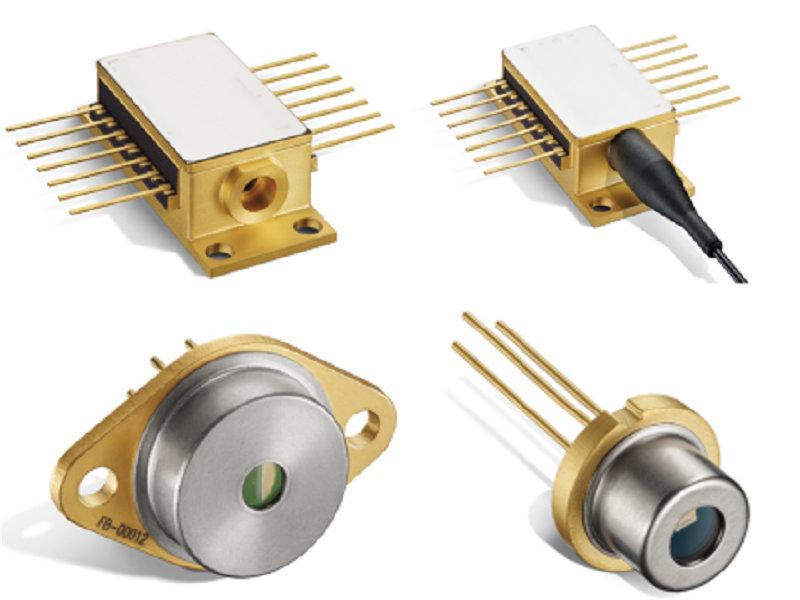
Impact of Bandwidth Width of DFB Lasers on Spectral Analysis
The bandwidth width of a DFB laser module, which refers to the linewidth of the emitted light spectrum, significantly influences its performance in spectral analysis. The key aspects affected by bandwidth width include:
- Resolution: A narrower bandwidth width provides higher spectral resolution, allowing for more precise differentiation of adjacent wavelength features. This increased resolution is essential for applications requiring detailed spectral analysis, where overlapping spectral lines can hinder accurate measurements.
- Measurement Accuracy: The accuracy of measurements, such as power and wavelength, is affected by the bandwidth width. A narrower bandwidth reduces diffraction effects and maintains beam quality, enhancing measurement accuracy and reducing potential errors.
- Application Adaptability: For applications demanding extremely high precision, such as quantum key distribution or fine frequency measurements, a DFB laser module with an ultra-narrow bandwidth is necessary. The high spectral purity of such lasers ensures that the light source meets stringent requirements for frequency stability and measurement precision.
In summary, the bandwidth width of a DFB laser module is a critical parameter that determines its suitability for various spectral analysis applications. Choosing a module with the appropriate linewidth is essential for achieving accurate and effective results.
Importance of Linewidth and Noise Characteristics of DFB Lasers
The linewidth and noise characteristics of a DFB laser module are crucial for its performance in various applications.
- Linewidth: The linewidth, or spectral width, of a DFB laser affects its resolution and stability. A narrower linewidth enhances the laser’s ability to resolve fine spectral features, making it suitable for applications requiring high-resolution measurements. For instance, in optical fiber sensing and quantum communication, a narrow linewidth improves signal-to-noise ratio and system sensitivity.
- Noise Characteristics: The noise level of a DFB laser module impacts the integrity of the emitted signal. Low noise levels are essential for maintaining signal quality and minimizing errors. In long-distance communication systems, excessive noise can lead to signal degradation and reduced data transmission rates. Therefore, selecting a DFB laser module with low noise characteristics is critical for ensuring stable and reliable performance.
For instance, in fiber optic communication systems, a 1550nm DFB laser module with a narrow linewidth and low noise levels can significantly enhance the data transmission rate and the overall system performance by reducing the bit error rate and improving the signal-to-noise ratio.
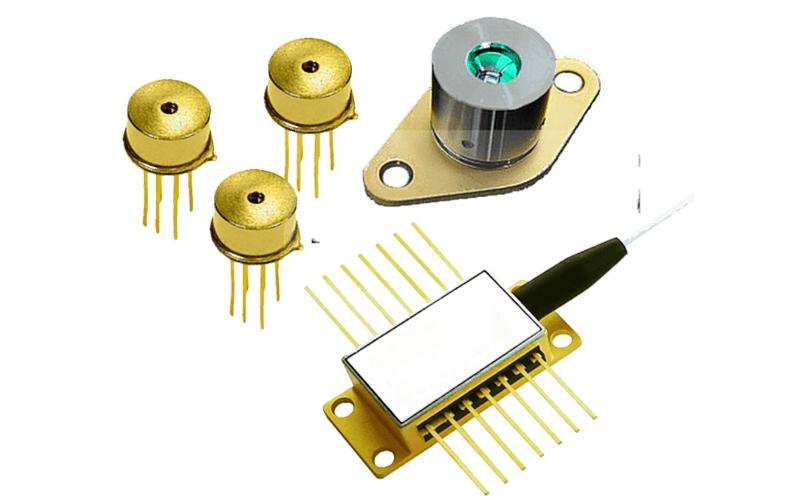
Factors Affecting Long-Term Stability of DFB Laser Modules
To ensure the long-term stability of DFB laser modules, several factors must be considered:
- Temperature Control: Effective temperature control is vital for maintaining the performance of DFB lasers. Temperature fluctuations can affect the laser’s wavelength and output power. Implementing temperature control devices and thermal management designs helps minimize these effects and keeps the laser operating within its optimal temperature range.
- Power Supply Management: A stable power supply is essential for consistent laser performance. Voltage and current fluctuations can lead to output power instability and accelerate component aging. Ensuring a reliable power source helps maintain stable operation and prolong the laser’s lifespan.
- Mechanical Stress: Long-term exposure to vibration and shock can cause physical damage to the laser module, affecting its performance and longevity. Incorporating vibration-resistant designs and protective packaging helps mitigate these risks.
- Humidity and Contamination: High humidity and contaminants can corrode or damage sensitive components within the laser module. Protecting the module from environmental contaminants and ensuring clean operating conditions are important for preserving its reliability.
- Quality of Optical Components: High-quality optical components reduce light loss and reflection, contributing to better beam quality and extended module lifespan. Using superior optical elements helps maintain consistent performance over time.
- Circuit Design: Proper circuit board design is essential for minimizing electrical noise and ensuring signal integrity. Effective circuit design prevents electromagnetic interference, which can negatively impact the laser’s performance.
- Reliability Testing: Comprehensive reliability testing and aging trials can predict potential failure modes and improve long-term stability. These tests simulate prolonged operating conditions to identify and address potential issues.
By considering these factors, you can enhance the long-term stability and reliability of DFB laser modules, ensuring consistent performance in various applications.
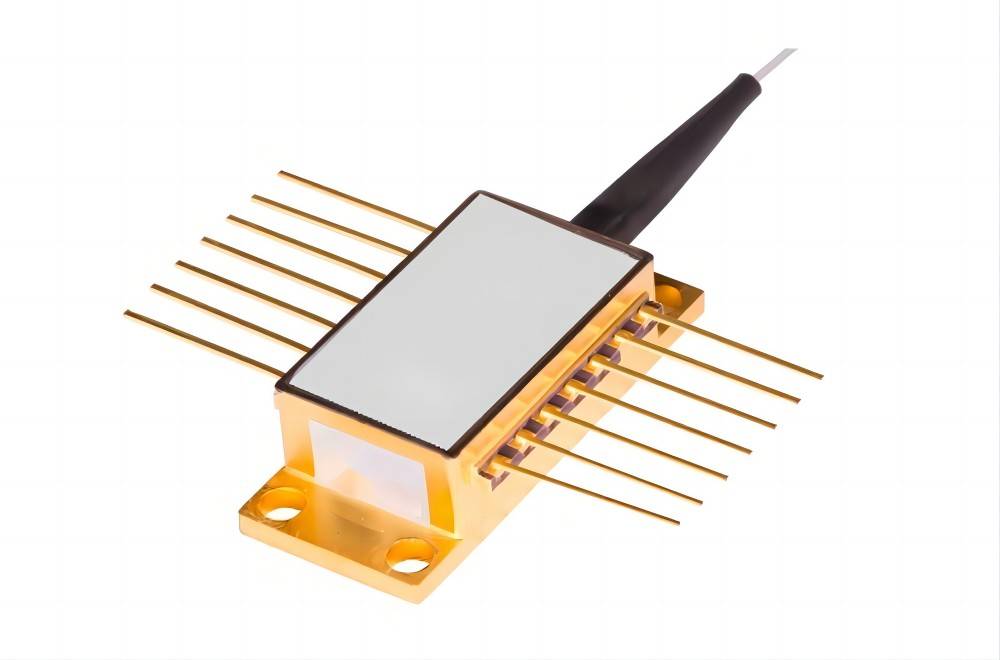
Conclusion
DFB lasers, such as the 1550nm DFB laser, are at the forefront of laser technology due to their unique capabilities and superior performance characteristics. Their ability to generate highly coherent and spectrally pure light makes them indispensable in various scientific and industrial applications. Selecting the right DFB laser module for a specific application requires careful consideration of several factors, including application requirements, wavelength, output power, linewidth, noise characteristics, packaging, environmental conditions, and modulation capability. By understanding these factors and their implications, one can ensure the optimal performance and long-term stability of DFB laser modules in diverse applications.


